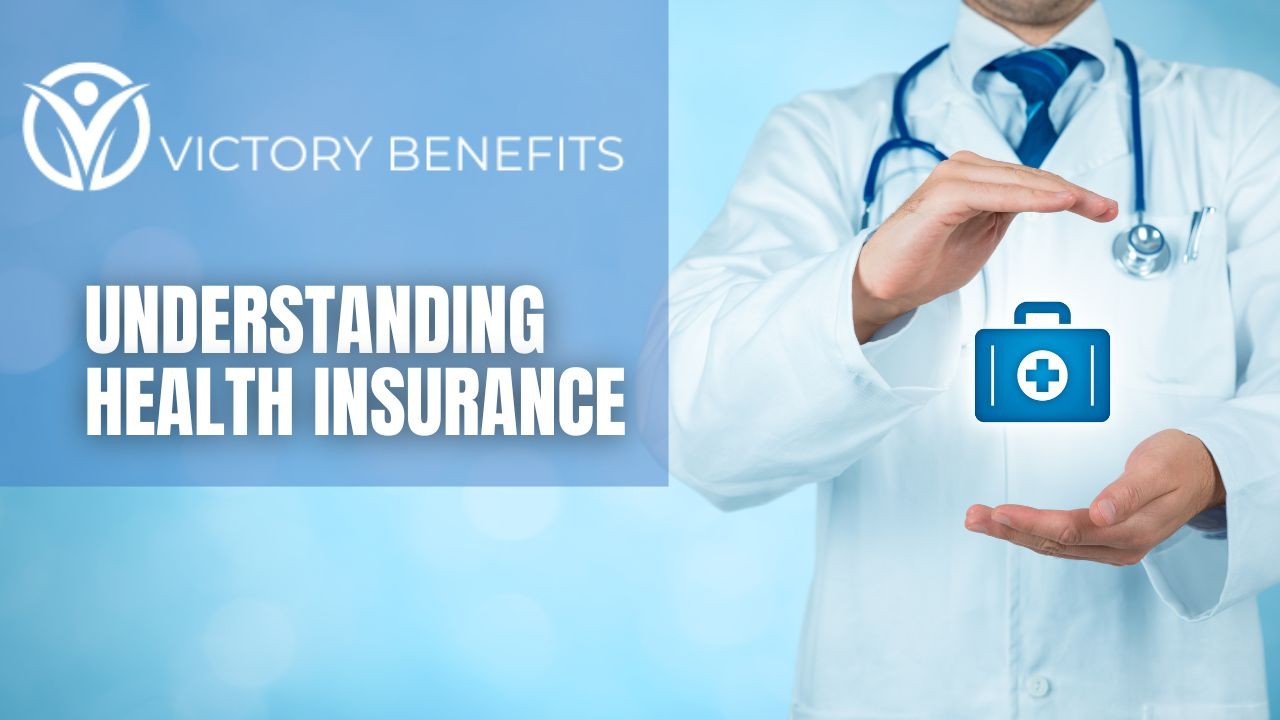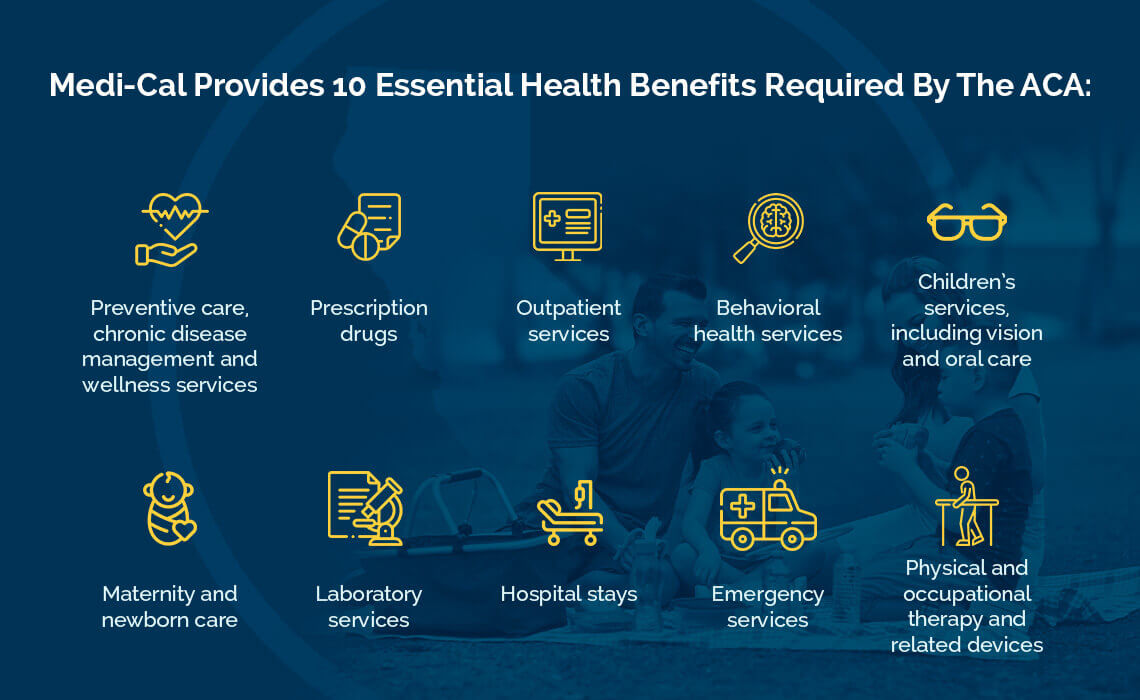Medicare Advantage Agent for Beginners
Medicare Advantage Agent for Beginners
Blog Article
Some Known Details About Medicare Advantage Agent
Table of ContentsThe Only Guide to Medicare Advantage AgentThings about Medicare Advantage AgentThe 8-Minute Rule for Medicare Advantage Agent

follows from confusing the reasonably young age profile of the without insurance with the better wellness, usually, of more youthful persons. This covers the web link in between health and wellness condition and health insurance coverage. For those without accessibility to workplace health insurance policy, bad health and wellness is a possible obstacle to acquiring nongroup insurance coverage since such protection might be very valued, leave out pre-existing conditions, or be just unavailable. The number of without insurance Americans is not particularly large and has actually not changed in current years. 7 out of 10 participants in a country wide depictive study thought that less Americans did not have medical insurance than really do(Fronstin, 1998). Approximately fifty percent(47 percent )thought that the number of individuals without wellness insurance policy reduced or continued to be consistent over the latter half of the last years(Blendon et al., 1999). This decline of almost 2 million in the variety of individuals 'without insurance (a reduction
of about 4 percent)is definitely a favorable adjustment. With a softer economic climate in 2000 the newest reported gains in insurance coverage may not proceed(Fronstin, 2001 ). The decrease in the number of uninsured will certainly not continue if the economy remains slow and health and wellness treatment expenses remain to exceed rising cost of living. This is because the information were gathered for a period of solid financial efficiency. Of the approximated 42 million individuals who were uninsured, almost regarding 420,000(concerning 1 percent)were under 65 years old, the age at which most Americans come to be eligible for Medicare; 32 million were grownups between ages 18 and 65, about 19 percent of all grownups in this age team; and 10 million were kids under 18 years old, regarding 13.9 percent of all youngsters (Mills, 2000). These price quotes of the variety of persons uninsured are created from the annual March Supplement to the Present Populace Study (CPS), performed by the Demographics Bureau. Unless otherwise noted, nationwide estimates of individuals without health and wellness insurance and percentages of the populace with different type of protection are based upon the CPS, the most commonly made use of resource of quotes of insurance protection and uninsurance prices. These studies and the price quotes they produce are described briefly in Table B. 1 in Appendix B - Medicare Advantage Agent. These studies vary in dimension and sampling techniques, the concerns that are asked about insurance coverage
Not known Incorrect Statements About Medicare Advantage Agent
coverage, and the moment duration over which insurance policy protection or uninsurance is measured(Lewis et al., 1998, Fronstin, 2000a ). Still, the CPS is specifically useful due to the fact that it creates annual price quotes relatively rapidly, reporting the previous year's insurance policy coverage approximates each September, and due to the fact that it is the basis for a consistent collection of price quotes for greater than 20 years, enabling for analysis of patterns in coverage with time.

Get This Report about Medicare Advantage Agent
The partnership between health insurance and access to care is well established, as recorded later in this phase. The connection between health insurance and health outcomes is neither direct nor easy, an extensive medical and wellness services study literature web links wellness insurance protection
to improved enhanced to care, better far betterHigh quality and improved enhanced and population populace wellnessStanding The second record, on individual wellness end results for without insurance grownups, is represented by the inner circle of the figure, while the 3rd record, on family members health, incorporates the subjects of the second record yet emphasizes a various unit of analysis, namely, the family.
Moreover, it concentrates particularly on those without any type of medical insurance for any type of length of time. The issues encountered by the underinsured remain in some areas similar to the original source those dealt with by the uninsured, although they are usually much less severe. Uninsurance and underinsurance, however, entail clearly various policy issues, and the methods for addressing them might vary. Throughout this research and the 5 reports to comply with, the major focus gets on persons without any medical insurance and therefore no support in spending for health and wellness care past what is offered via charity and safeguard establishments. Medical insurance is a powerful variable impacting receipt of treatment due to the fact that both clients and physicians react to the out-of-pocket rate of solutions. Wellness insurance, nonetheless, is neither essential neither enough to get accessibility to medical services. However, the independent and straight effect of health
insurance coverage on access to health solutions is well developed. Others will obtain the healthcare they require even without medical insurance, by paying for it out of pocket or seeking it from suppliers who use treatment cost-free or at extremely subsidized rates. For still others, wellness insurance policy alone does not make sure receipt of care because of other nonfinancial barriers, such as a lack of wellness care carriers in their area, restricted accessibility to transportation, illiteracy, or linguistic and cultural differences. Official study concerning without insurance populations in the United States dates to the late 1920s and early 1930s when the Board on the Price of Healthcare generated a series of reports about financing medical professional workplace gos to and hospitalizations. This issue came to be prominent as the varieties of medically indigent climbed up throughout the Great Depression. Empirical studies regularly sustain the web link between access to care and enhanced health and wellness end results(Bindman et al., 1995; Starfield, 1995 ). Having a routine resource see this site of care can be considered a predictor of gain access to, rather than a straight procedure of it, when health results are themselves utilized as access indications. This extension of the idea of access measurement was made by the IOM Committee on Monitoring Gain Access To to Personal Wellness Care Solutions(Millman, 1993, p. Whether parents are insured appears to affect whether their kids obtain treatment along with exactly how much careeven if the kids themselves have coverage(Hanson, 1998). The health and wellness of parents can impact their capacity to care for their children and the level of family members tension. Stressing over their children's accessibility to care is itself a resource of anxiety for parents. 3 chapters adhere to in this report. Chapter 2 offers an overview of just how employment-based wellness insurance, public programs and individual insurance plan operate and connect to supply comprehensive but insufficient protection of the U.S. populace. This consists of an evaluation of historic fads and public laws impacting redirected here both public and personal insurance, a conversation of the interactions among the different sorts of insurance policy, and an exam of why people relocate from one program to another or wind up

Report this page